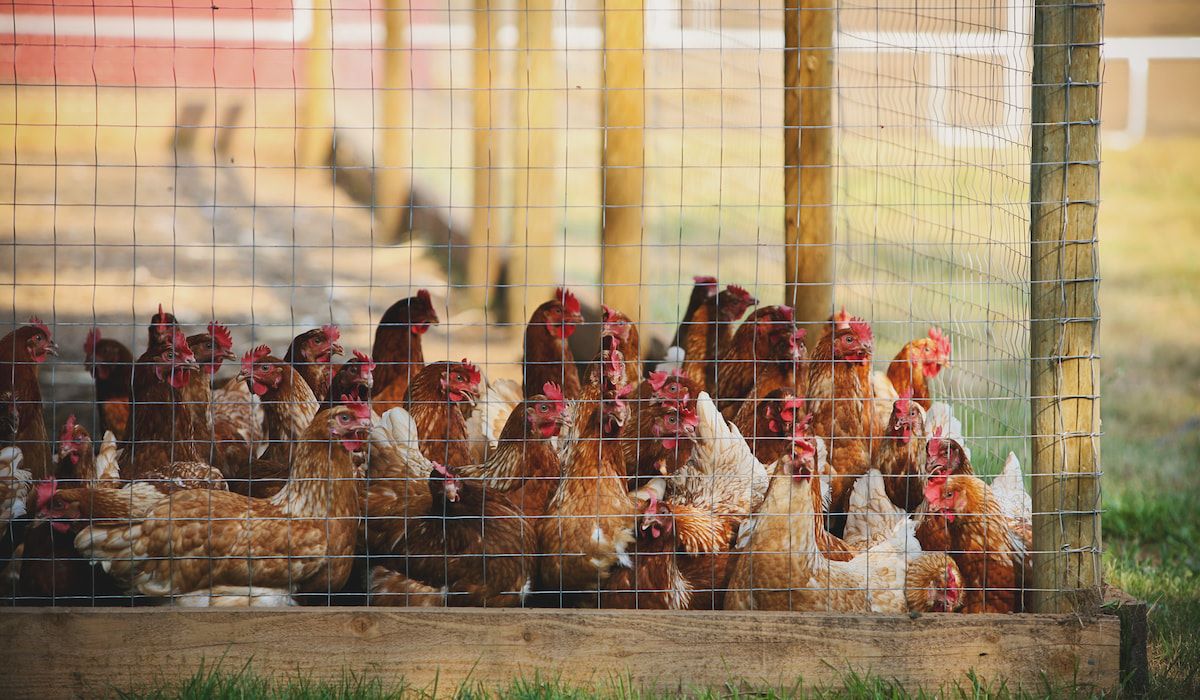

Articles
How High Does A Chicken Fence Need To Be
Modified: August 27, 2024
Find out the ideal height for a chicken fence in this informative article. Get expert tips and advice on setting up a secure chicken enclosure.
(Many of the links in this article redirect to a specific reviewed product. Your purchase of these products through affiliate links helps to generate commission for Storables.com, at no extra cost. Learn more)
Introduction
Welcome to our guide on determining the optimal height for a chicken fence. If you’re a chicken owner, you understand the importance of keeping your feathered friends safe and secure. One essential aspect of chicken care is providing a sturdy fence to protect them from potential predators. But how high does a chicken fence really need to be?
Determining the height of a chicken fence is crucial because it directly impacts the security of your beloved birds. An insufficient fence height can leave your chickens vulnerable to attacks from predators, while an unnecessarily tall fence can be expensive and may hinder access to your coop.
In this article, we will explore the factors that should be considered when determining the optimal height for a chicken fence. We will also discuss the various types of predators that pose a threat to your chickens, common chicken fence heights, and additional measures you can take to enhance the security of your chicken coop.
By the end of this guide, you will have a comprehensive understanding of the height requirements for your chicken fence and be better equipped to keep your feathered friends safe and sound.
Key Takeaways:
- Understanding the specific needs of your chicken flock, the types of predators in your area, and the characteristics of different chicken breeds is crucial in determining the optimal height for your chicken fence.
- Implementing a multi-layered defense strategy, including additional security measures beyond fence height, is essential for creating a secure and protected environment for your chickens to thrive.
Read more: How Tall Does A Pool Fence Need To Be
Determining the Optimal Height for a Chicken Fence
When determining the optimal height for your chicken fence, it’s important to consider the specific needs and characteristics of your flock. Although there is no one-size-fits-all answer, there are several factors to take into account to ensure the safety and security of your chickens.
First and foremost, you should assess the types of predators in your area. Different predators have varying jumping or climbing abilities, so a fence that is effective against one might not be sufficient for another. Research the common predators in your region, such as raccoons, foxes, coyotes, and even neighborhood dogs, to determine the appropriate height for your fence.
Additionally, consider the breed and wing capabilities of your chickens. Some chicken breeds, such as heavy-bodied breeds or those with clipped wings, may be less likely to fly or attempt to escape. In contrast, lighter and more agile breeds may be prone to flying over shorter fences. Understanding the tendencies of your specific chicken breed will help you determine the necessary fence height.
Another factor to consider is the layout and size of your chicken coop and run. If your coop is elevated or placed on a raised platform, you may be able to install a shorter fence since the height of the structure itself acts as a deterrent to predators. On the other hand, if your coop is on level ground, a taller fence may be required to prevent predators from gaining access.
Furthermore, assess the terrain surrounding your chicken coop. If there are nearby trees, bushes, or structures that predators could use to launch an attack, a higher fence will be necessary to prevent them from accessing the coop. Clearing any potential launching points or obstacles near the fence can also help mitigate the risk of predator intrusion.
Lastly, consider the budget and available resources for your chicken fence. A higher fence may require more materials and labor, which could impact the feasibility of your project. Balancing the safety of your chickens with the practicality and affordability of the fence height is essential.
By taking all these factors into consideration, you’ll be able to determine the optimal height for your chicken fence. Remember, the primary goal is to create a barrier that effectively prevents predators from reaching your chickens, while also considering the specific needs and characteristics of your flock.
Factors to Consider
When determining the optimal height for your chicken fence, it’s important to take several factors into consideration. These factors will help ensure the safety and security of your flock. Let’s explore them:
- Predator Types: Different predators have different abilities when it comes to jumping, climbing, or digging. Research the common predators in your area to determine the fence height necessary to keep them out. For example, if you have issues with raccoons, a fence at least four to six feet high may be necessary.
- Breed and Wing Capabilities: Consider the breed of your chickens. Heavier, standard breeds are generally less likely to fly over fences compared to lighter, more agile breeds. Similarly, if you have chickens with clipped wings, they may not be able to fly as high. Take these factors into account when determining the fence height needed.
- Layout and Size of Coop and Run: Assess the layout and size of your chicken coop and run. If your coop is elevated or placed on a raised platform, this can act as a natural deterrent to predators and allow for a shorter fence. However, if your coop is on level ground, a taller fence may be necessary to prevent predators from gaining access.
- Surrounding Terrain: Take note of the terrain surrounding your chicken coop. Are there nearby trees, shrubs, or structures that predators could use to access your flock? Clearing the area around the fence line of potential launching points or obstacles can help mitigate the risk of predator intrusion.
- Budget and Resources: Consider your budget and available resources when determining the height of your chicken fence. A taller fence may require more materials and labor, which could impact the feasibility of your project. It’s important to find a balance between the safety of your chickens and the practicality and affordability of the fence height.
By thoroughly considering these factors, you will be able to determine the optimal height for your chicken fence. It’s crucial to create a barrier that effectively prevents predators from reaching your chickens while taking into consideration the specific needs and characteristics of your flock. This will help ensure the safety and well-being of your chickens in their coop and run.
Predators to Protect Against
When designing and determining the optimal height for your chicken fence, it’s important to consider the various predators that pose a threat to your flock. By understanding the predators in your area, you can implement the necessary measures to protect your chickens. Let’s explore some common predators and their characteristics:
- Raccoons: Raccoons are notorious for their intelligence and dexterity. They can easily climb fences, open latches, or dig under barriers to access your chickens. To protect against raccoons, a fence at least four to six feet high is recommended, topped with an overhang or an electric wire to discourage climbing.
- Foxes: Foxes are agile creatures that can jump over low fences. To deter foxes, a fence height of at least six feet is generally recommended. Additionally, consider burying the bottom of the fence about a foot deep to prevent them from digging under.
- Coyotes: Coyotes are excellent jumpers and diggers. A fence height of at least six feet is necessary to keep them out. Burying the bottom of the fence and extending the fence several inches underground can help deter them from digging under.
- Neighborhood Dogs: Dogs, both stray and domesticated, can pose a threat to your chickens. They can jump or dig under fences, depending on their size and capabilities. If you have issues with neighborhood dogs, a fence height of at least four to six feet is recommended, along with burying the fence bottom and adding an overhang.
- Snakes: Snakes can be a danger to both young and adult chickens. While a fence won’t completely keep them out, installing a hardware cloth or mesh apron around the perimeter of the fence can help discourage snakes from slithering into your chicken coop.
It’s important to remember that these predators can vary in their abilities and persistence. Some may require additional deterrents, such as electrification or predator-proofing measures for the coop itself. Proper research and understanding of the predators in your area will help you design a fence that effectively protects your flock.
By implementing appropriate fence heights and additional deterrents based on the specific predators in your region, you can create a secure environment for your chickens to thrive, minimizing the risk of attacks and ensuring their safety.
A chicken fence should be at least 6 feet high to prevent them from flying over. Additionally, consider adding a wire or netting over the top to further deter escape.
Common Chicken Fence Heights
When it comes to ensuring the safety of your chickens, the height of your chicken fence plays a vital role. While there is no definitive answer to how high a chicken fence should be, there are some common fence heights that chicken owners often opt for. Here are a few examples:
- 4 Feet: A fence height of around four feet is a popular choice for many chicken owners. This height is generally effective for deterring smaller predators like neighborhood dogs or stray cats. However, keep in mind that some agile predators, such as raccoons or foxes, may be able to scale a four-foot fence, so additional measures like overhangs or electrification may be necessary.
- 5-6 Feet: Fencing that is around five to six feet tall provides a greater level of protection against a wider range of predators. This height helps prevent larger predators like coyotes and foxes from easily jumping over the fence. Additionally, it discourages raccoons and other climbers from scaling the fence.
- Taller Than 6 Feet: For areas with a higher population of determined and resourceful predators, a taller fence may be necessary. Fences exceeding six feet in height offer increased security and peace of mind. However, keep in mind the additional expenses and potential challenges associated with building and maintaining a fence of this height.
It’s worth noting that these fence heights are general guidelines and may vary depending on the specific predators in your area, the breed and behavior of your chickens, and the existing infrastructure around your coop and run.
When deciding on the height of your chicken fence, it’s crucial to conduct thorough research on the predators in your region. Understanding their capabilities and behaviors will help you determine the appropriate fence height to provide adequate protection for your flock.
Remember, while fence height is essential, it is often just one component of a comprehensive predator-proofing strategy. Additional measures, such as burying the bottom of the fence, installing an apron, or using electrification, can enhance the effectiveness of your chicken fence and provide further security for your chickens.
By carefully considering the specific needs and challenges of your environment, you can choose a chicken fence height that best suits your situation and ensures the safety of your feathered friends.
Read more: How High Should A Garden Fence Be
Height Requirements for Different Chicken Breeds
When determining the optimal height for your chicken fence, it’s important to consider the specific breed of chickens you have. Different chicken breeds have varying characteristics, including their size, weight, and flying capabilities. These factors play a crucial role in determining the necessary height for your fence. Let’s explore some common chicken breeds and their associated height requirements:
- Heavy-bodied Breeds: Heavy-bodied breeds, such as Orpingtons or Jersey Giants, are generally larger and less prone to flying. These breeds typically have less desire to escape or attempt to fly over fences. For heavy-bodied breeds, a fence height of around four to five feet is often sufficient to prevent them from escaping.
- Light and Agile Breeds: Light and agile breeds, such as Leghorns or Easter Eggers, have the ability to fly higher and are more likely to attempt to escape if given the opportunity. These breeds require taller fences to prevent them from flying over. A fence height of at least six feet can help keep them contained.
- Bantam Breeds: Bantam breeds, which are smaller in size, are generally less likely to fly or attempt to escape compared to standard breeds. A fence height of around four to five feet is often sufficient to contain bantam breeds.
- Clipped Wings: If you have chickens with clipped wings, their flying ability will be significantly impacted. Clipping the primary flight feathers of one wing can prevent them from gaining enough lift to fly over fences. With clipped wings, you may be able to opt for a lower fence height that is appropriate for their breed.
It’s worth noting that even with certain height requirements for specific breeds, it’s still important to consider the overall security of your chicken fence. Predators can pose a threat to chickens of any breed, so it’s essential to design a sturdy and predator-proof fence regardless of the breed you own.
By taking into account the characteristics of your specific chicken breeds, including their size, weight, and flying abilities, you can determine the optimal height for your chicken fence. This will help ensure that your chickens remain safely contained within their designated area while allowing them to exercise and roam freely.
Remember, the height requirements for different chicken breeds can vary, so it’s important to research and understand the specific needs of your flock to provide them with an appropriate and secure living environment.
Additional Measures for Enhanced Security
While determining the optimal height for your chicken fence is crucial, there are additional measures you can take to enhance the security and protection of your feathered friends. These measures go beyond fence height and provide additional layers of defense against potential predators. Let’s explore some of these extra security measures:
- Secure Gates and Entry Points: Ensure that all gates and entry points to your chicken coop and run are secure and properly latched. Use sturdy locks or padlocks to prevent predators from easily gaining access to your chickens.
- Bury the Fence Bottom: Dig a trench around the perimeter of your chicken fence and bury the bottom of the fence at least six inches deep. This prevents predators from digging under the fence and entering the enclosure.
- Use an Apron or Skirt: Install a hardware cloth apron or skirt along the outside of the fence and bury it several inches into the ground. This prevents predators from digging under the fence by providing a physical barrier that extends outward. The apron should be at least 12 inches wide and angled away from the fence.
- Add an Overhang: Attach an overhang or skirt of sturdy material, such as welded wire or hardware cloth, to the top of your fence. This overhang discourages predators from climbing or jumping over the fence by creating an additional barrier that makes it more difficult for them to gain access to your chickens.
- Implement Electric Fencing: Incorporate electric fencing as an additional deterrent for predators. Electric wires placed along the top and bottom of the fence or woven into the fence itself can deliver a harmless but startling shock to predators, deterring them from attempting to breach the fence.
- Upgrade Coop Security: Reinforce the security of your chicken coop by using predator-resistant materials and construction techniques. Ensure that windows and vents are covered with sturdy wire mesh and that doors are secure and properly sealed.
- Install Motion-Activated Lights or Alarms: Install motion-activated lights or alarms around your chicken coop and run to startle and deter nocturnal predators. The sudden burst of light or sound can often scare off predators and protect your chickens.
- Regularly Inspect and Maintain the Fence: Regularly inspect your chicken fence for any signs of damage, wear, or potential entry points. Repair and maintain the fence promptly to ensure its effectiveness in providing security for your flock.
By implementing these additional security measures, you can enhance the protection of your chickens and fortify your chicken fence against potential predators. Remember, creating a multi-layered defense system is key to ensuring the safety and well-being of your feathered friends.
It’s important to evaluate your specific situation and assess the level of threat from predators in your area. By implementing a combination of these measures, you can create a secure and predator-resistant environment for your chickens, providing them with the safety and peace of mind they deserve.
Conclusion
In conclusion, determining the optimal height for a chicken fence is a crucial step in providing the adequate safety and security for your flock. By considering a variety of factors, including predator types, chicken breed characteristics, layout of the coop and run, surrounding terrain, and your available resources, you can design a chicken fence that meets the specific needs of your situation.
Researching and understanding the predators in your area is key to developing an effective strategy. By identifying the predators you need to protect against, you can determine the appropriate fence height and additional measures necessary to keep them at bay. Raccoons, foxes, coyotes, neighborhood dogs, and snakes are just a few examples of the potential threats to your chickens.
Additionally, taking into account the characteristics of your specific chicken breeds, such as their size, weight, and flying capabilities, will help determine the necessary height for your fence. Heavy-bodied breeds generally require shorter fences, while lighter and more agile breeds may need taller barriers to prevent them from flying over.
Remember, prioritizing the security of your flock goes beyond fence height alone. Implementing additional measures like securing gates, burying the fence bottom, using aprons or skirts, adding overhangs, incorporating electric fencing, and regularly maintaining the fence and coop all contribute to a comprehensive security system.
By creating a multi-layered defense strategy tailored to your specific needs, you can provide your chickens with a secure and protected living environment. This not only ensures their safety from potential predators but also grants you peace of mind as a chicken owner.
Ultimately, the aim is to strike a balance between providing sufficient protection for your chickens and considering the practicality and affordability of the fence height and additional security measures. By doing so, you can create an environment where your chickens can flourish while enjoying the freedom to roam and thrive within the safety of their coop and run.
By following the guidance in this article and considering the various factors involved, you are now equipped with the knowledge to determine the optimal height for your chicken fence and implement the necessary security measures to protect your beloved flock.
Frequently Asked Questions about How High Does A Chicken Fence Need To Be
Was this page helpful?
At Storables.com, we guarantee accurate and reliable information. Our content, validated by Expert Board Contributors, is crafted following stringent Editorial Policies. We're committed to providing you with well-researched, expert-backed insights for all your informational needs.
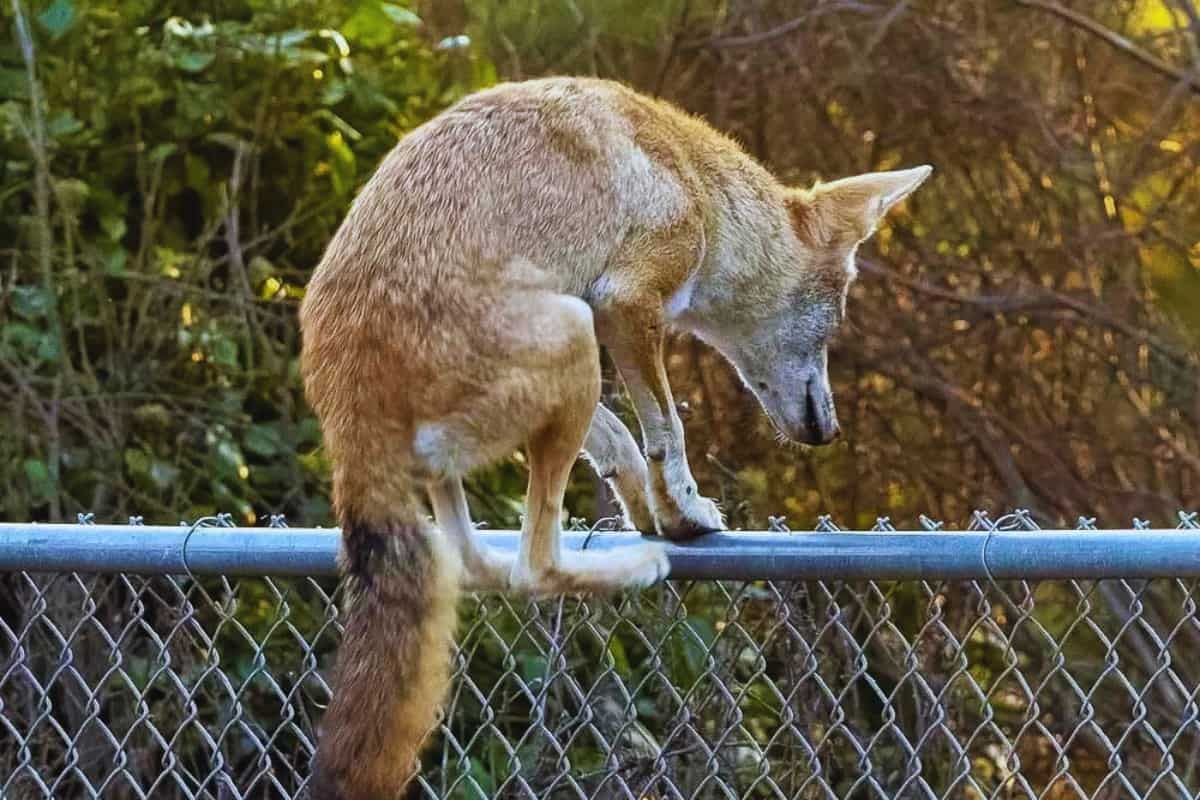
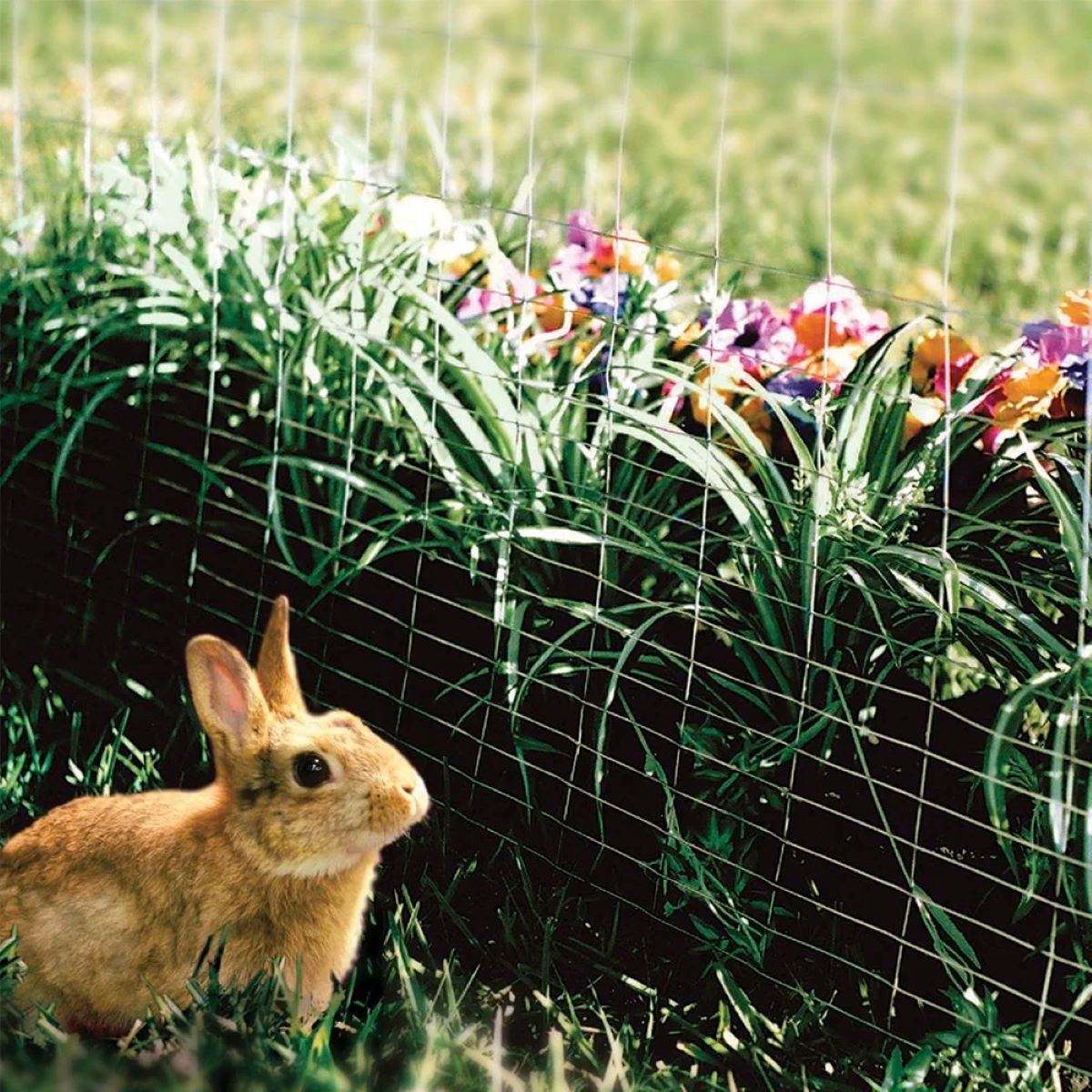
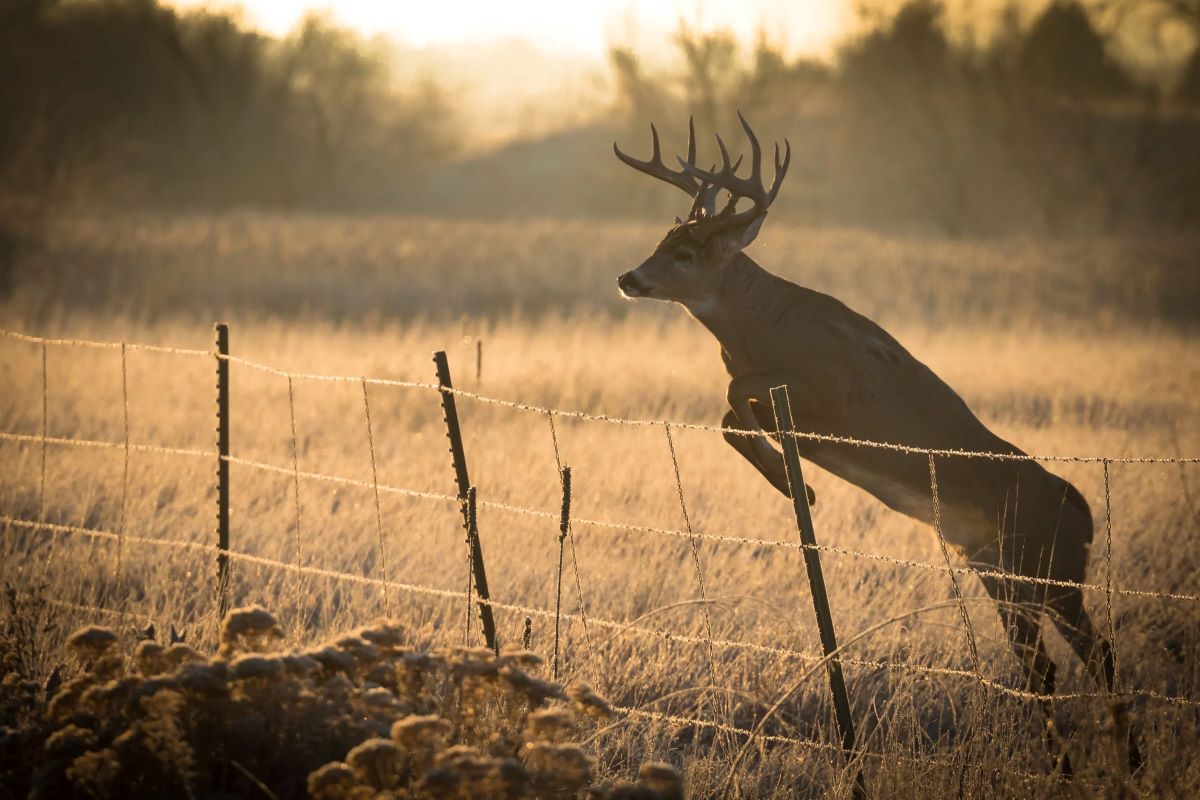
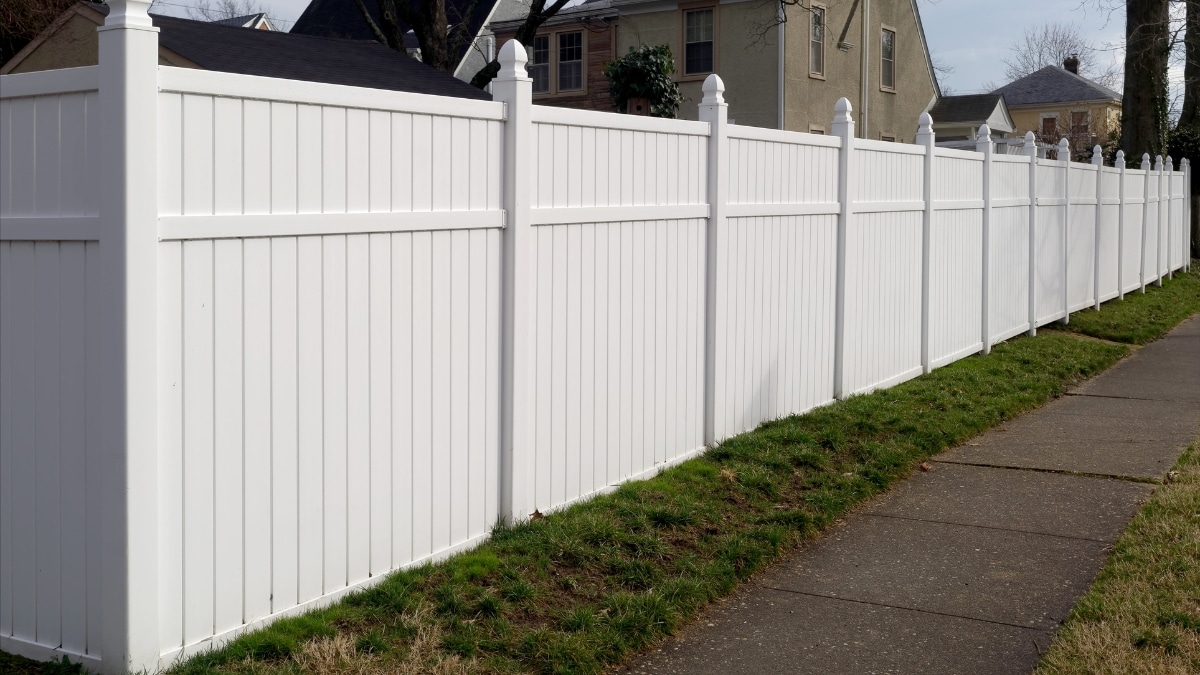
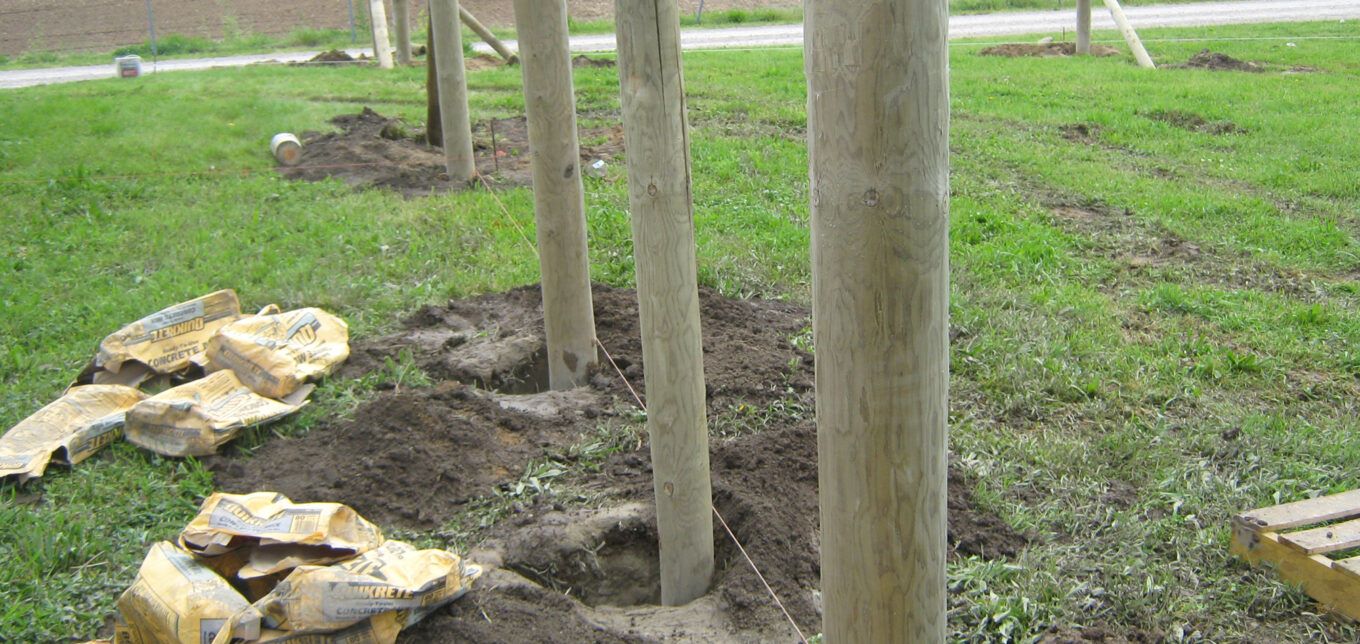
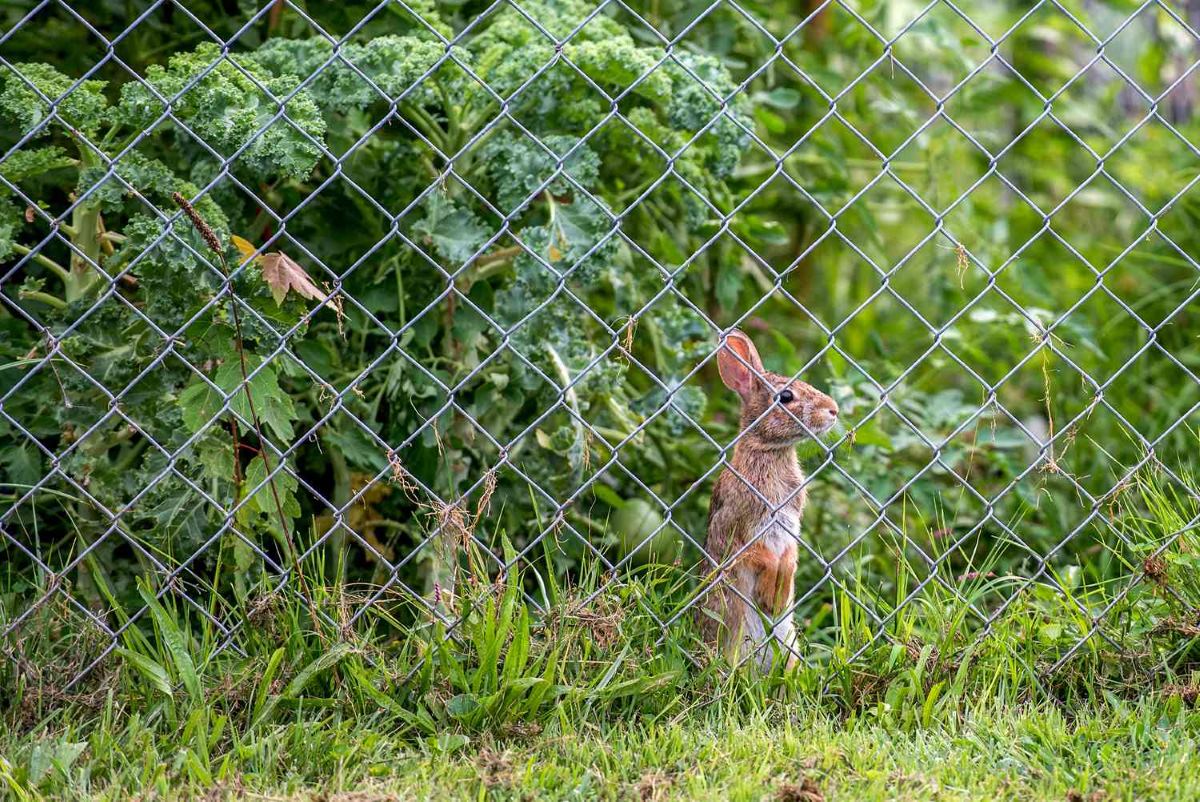
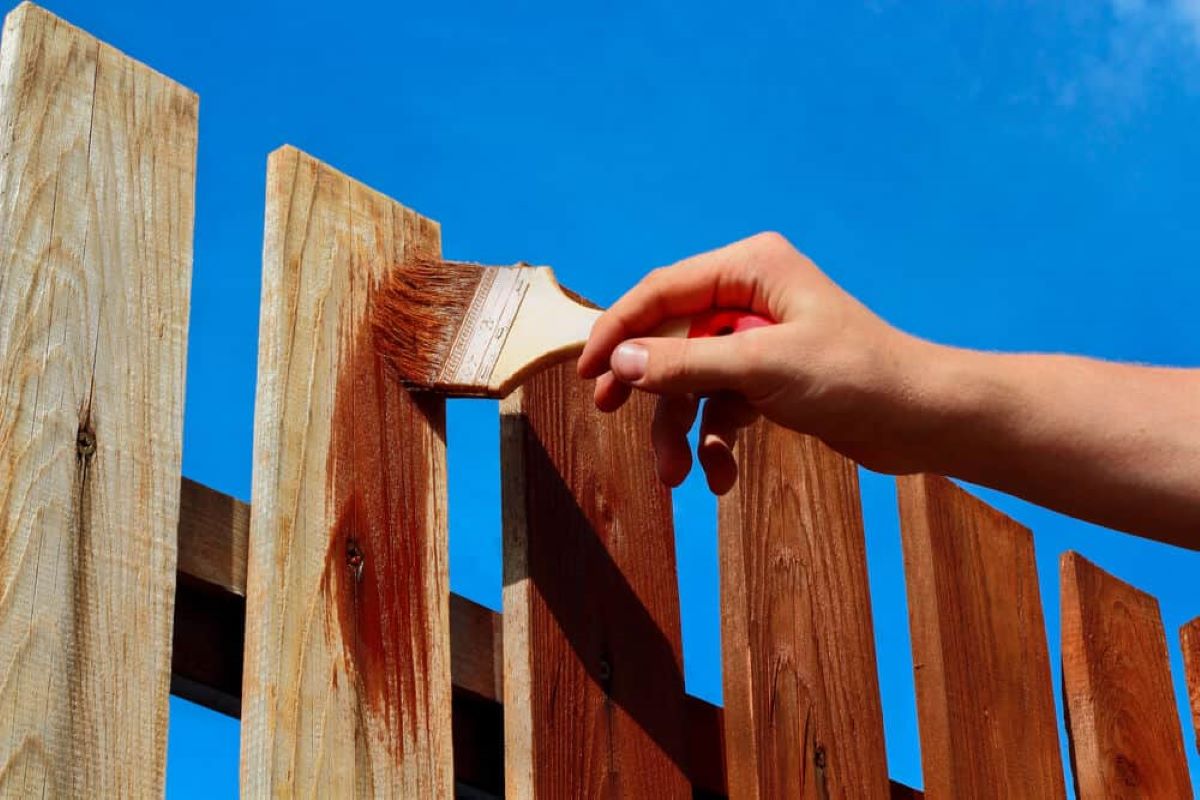
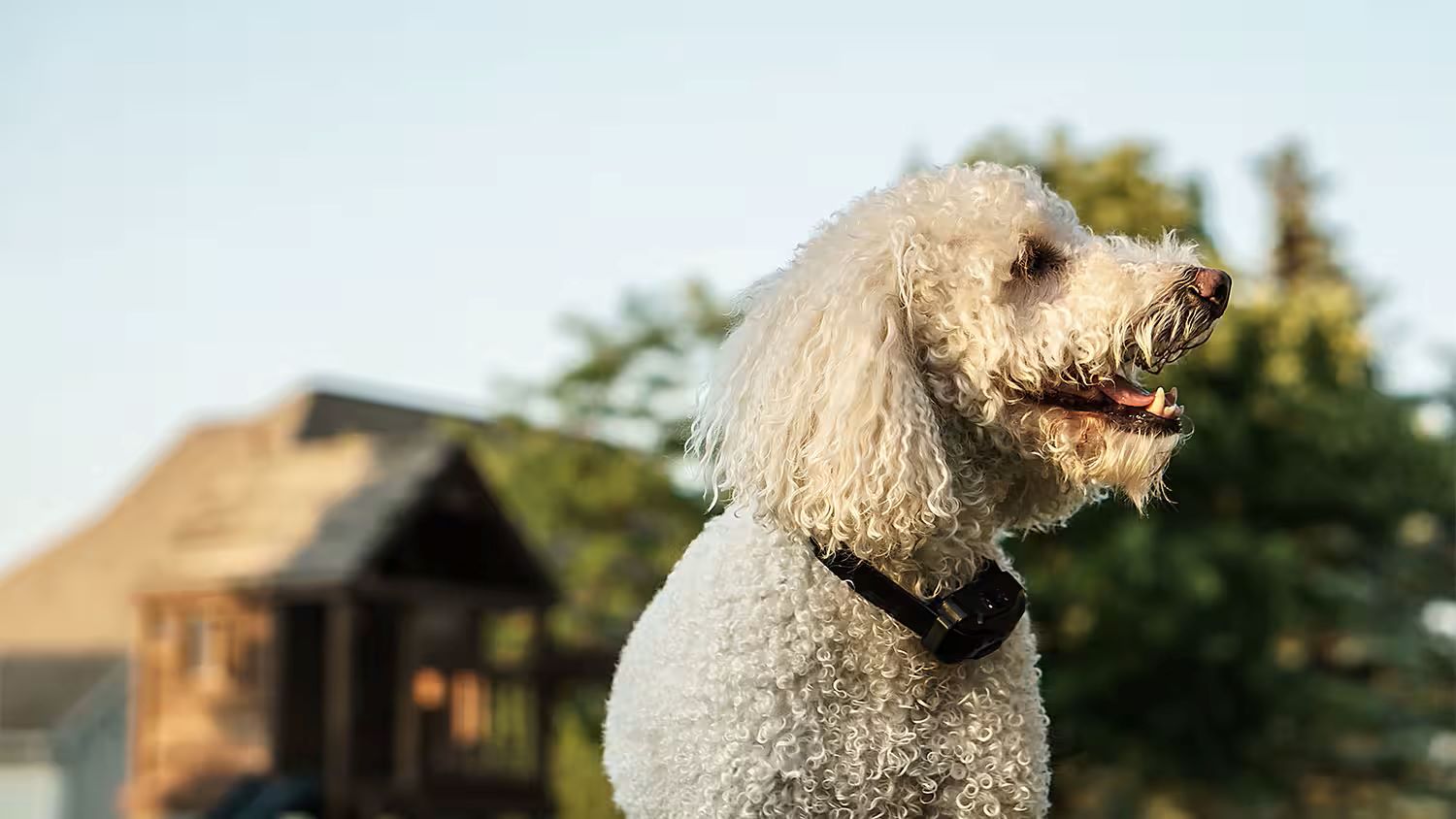
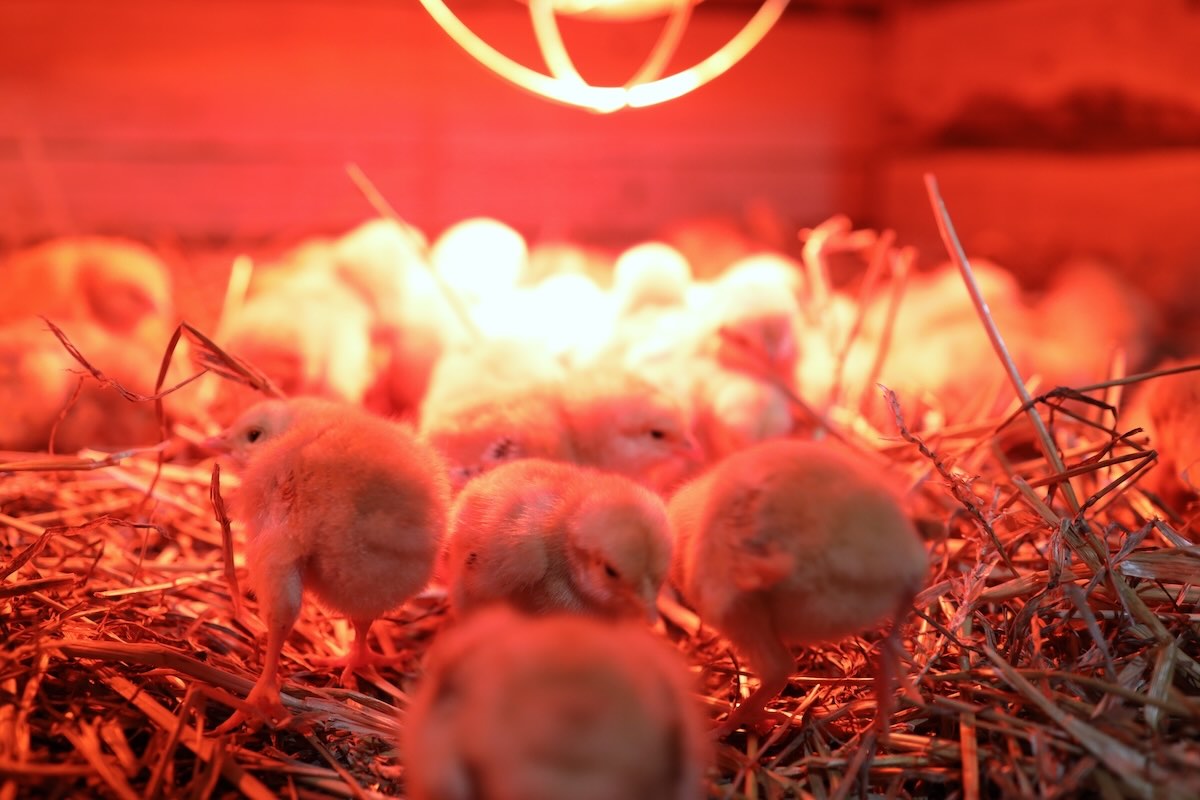
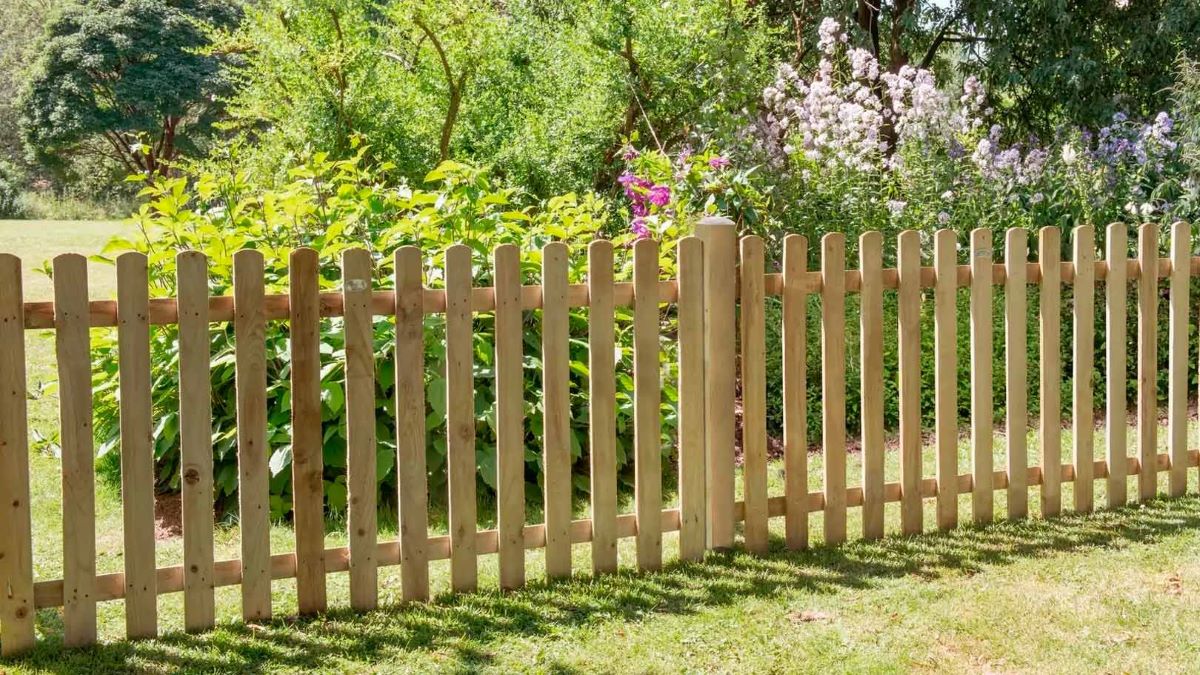

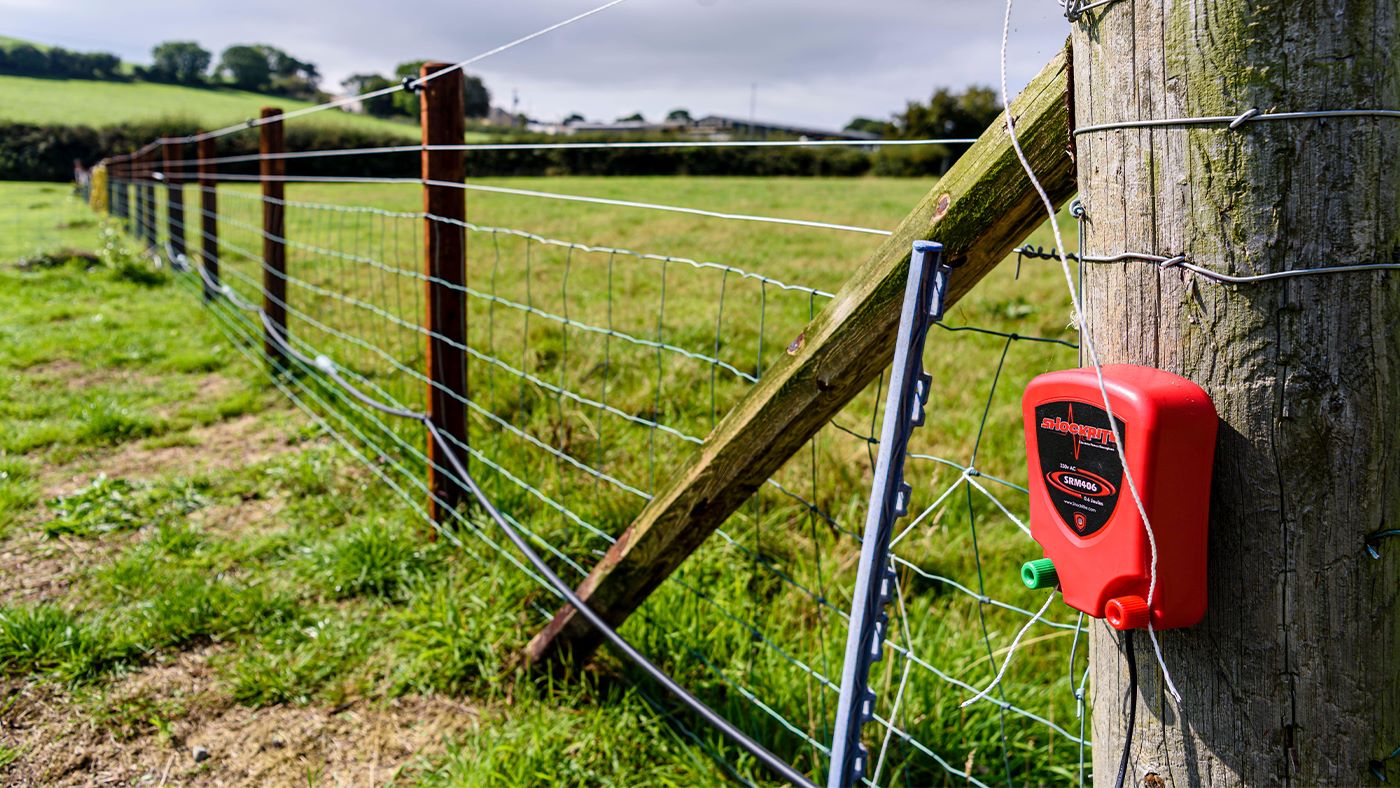

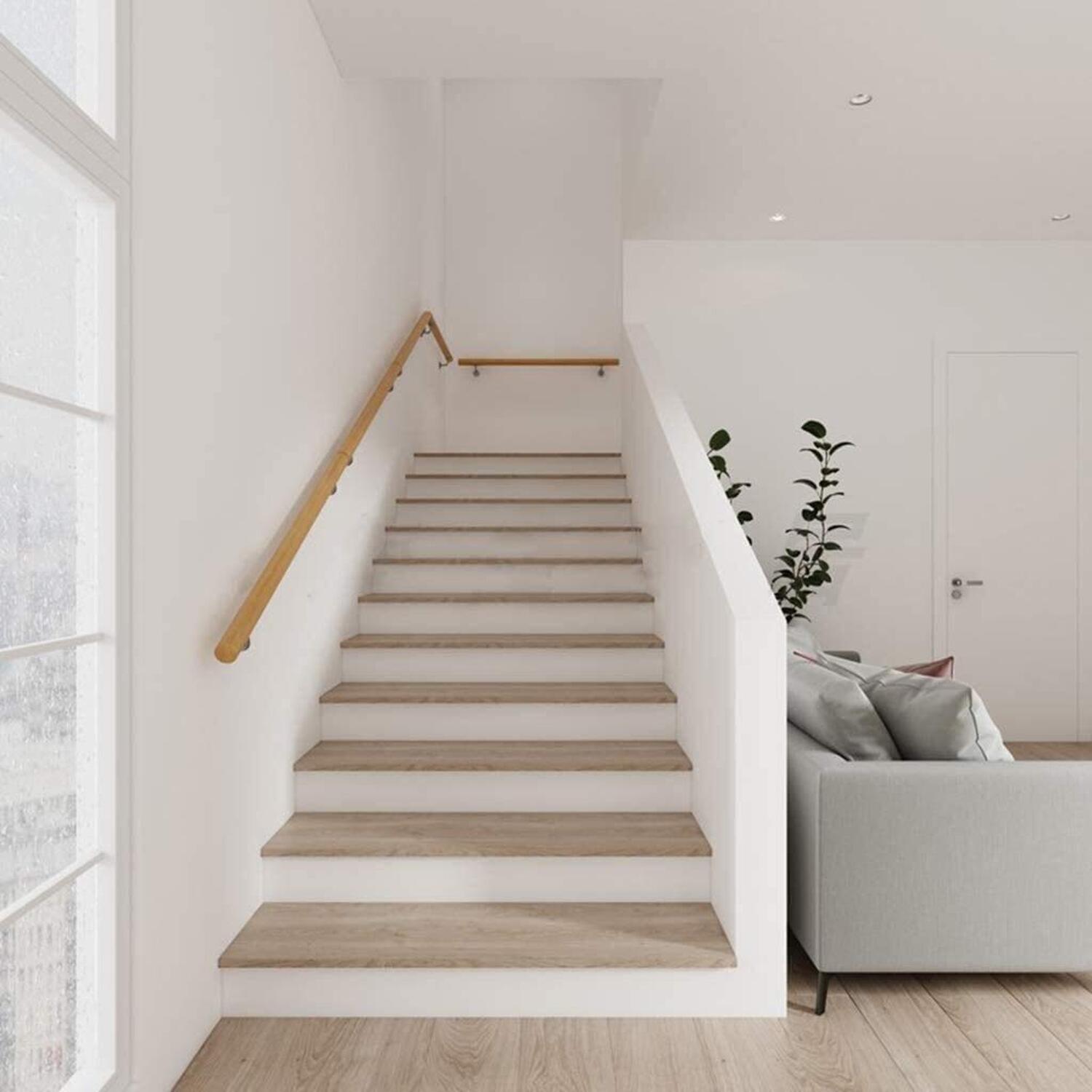

0 thoughts on “How High Does A Chicken Fence Need To Be”